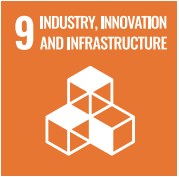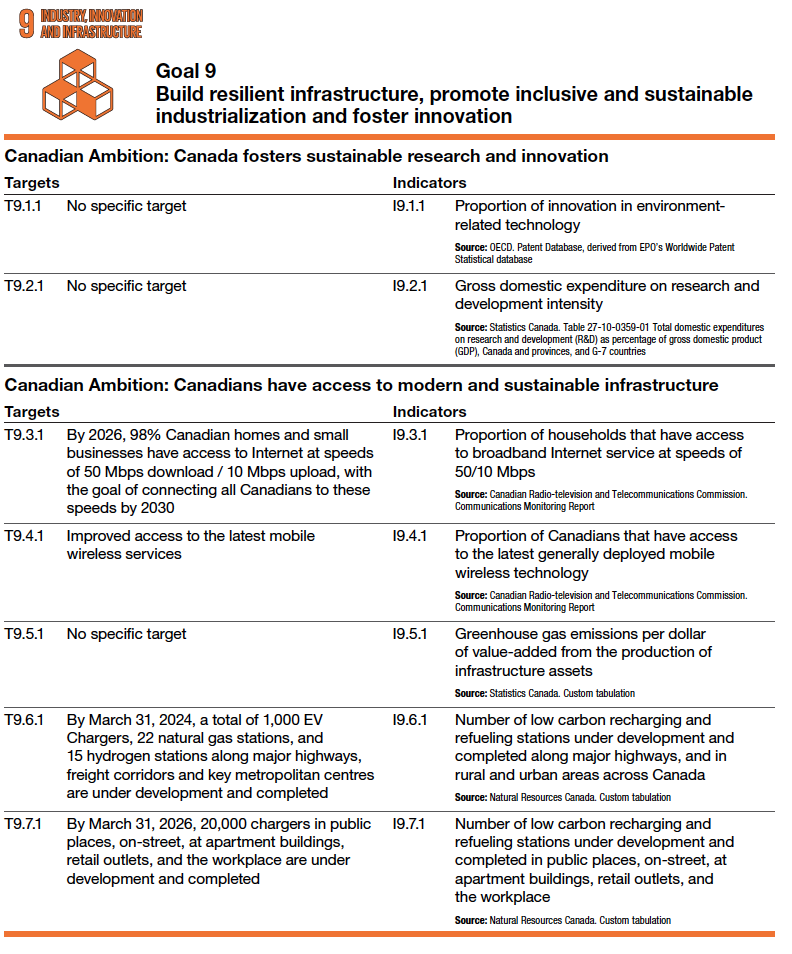Week 7

Video
In this 10-minute video made available from the SDG Academy, Jeffery Sachs looks at universal access to innovative and resilient infrastructure and it’s importance in sustainable development.
Analysis
A healthy environment and a strong economy go hand-in-hand. Green infrastructure, including water and wastewater systems, clean energy, climate resilient and adaptive infrastructure protects the natural environment, strengthens the health of communities, supports economic growth, and improves the quality of life[1].
Globally, labour forces face a rapidly changing economy that will have a profound impact on the nature of work and jobs of the future1. To be equipped for this change, there is a critical need for societies to rethink approaches to learning, the way they conduct work, and training approaches1. Inclusive and sustainable industrialization, together with innovation and infrastructure, can unleash dynamic and competitive economic forces that generate employment and income. They play a key role in introducing and promoting new technologies, facilitating international trade, and enabling the efficient use of resources. However, the world still has a long way to go to fully realize this potential[2]. Least developed countries, in particular, need to accelerate the development of their manufacturing sector if they are to meet the 2030 target, and scale up investment in scientific research and innovation2.
Innovation and technological progress are key to finding lasting solutions to both economic and environmental challenges, such as increased resource and energy-efficiency. Globally, investments in research and development (R&D) as a proportion of gross national product (GDP) increased from 1.5% in 2000 to 1.7% in 2015 and remained almost unchanged in 2017. It was however, less than 1% in developing regions2.
In terms of communications infrastructure, more than half of the world’s population is now online and almost the entire world population lives in an area covered by a mobile network2. It is estimated that in 2019, 96.5% of the world’s population was covered by at least a 2G network2. For Canada, basic infrastructure that most Canadians take for granted are missing in many Indigenous communities1. In 2020, nearly 97% of Canada’s population had internet access, 7% more than the global average2[3]. However, of the over 1 million people in Canada that do not have internet access, more than 75% are Indigenous households3.
The coronavirus pandemic has revealed the urgent need for inclusive and resilient infrastructure. The Asian Development Bank notes that critical infrastructure in the region remains far from adequate in many countries, despite the rapid economic growth and development the region has experienced over the past decade. The Economic and Social Survey of Asia and the Pacific highlights that making infrastructure resilient to disasters and climate change will require an additional investment of $434 billion per year2. This sum may need to be even greater in some subregions, such as the Pacific small island developing states.
Fast Facts
- In 2018, 96% of the world’s population lived within reach of a mobile-cellular signal, and 90% of people could access the Internet through a third generation (3G) or higher-quality network;
- 16% of the global population does not have access to mobile broadband networks;
- The global share of manufacturing value added in GDP increased from 15.2% in 2005 to 16.3% in 2017, driven by the fast growth of manufacturing in Asia;
- Least developed countries have immense potential for industrialization in food and beverages (agro-industry), textiles and garments, with good prospects for sustained employment generation and higher productivity;
- In 2019, the amount of new renewable power capacity (excluding large hydro) was the highest ever, at 184 gigawatts, 20GW more than in 2018. This included 118GW of new solar systems, and 61GW of wind turbines;
- Capacity investment in solar slipped 3% to $131.1 billion in 2019, while wind climbed 6% to $138.2 billion, the first time that wind has outweighed solar in terms of dollars committed since 2010;
- Developing countries continued to outpace developed economies in renewables investment. In 2019, they committed $152.2 billion, compared to $130 billion for developed countries.
Why it Matters
Why should I care about ensuring innovative and resilient industry and infrastructure for all?
Inclusive and sustainable industrialization, together with innovation and infrastructure, can stimulate competitive economic forces that generate employment and income. The price of inaction is steep. Ending poverty would be more difficult, given the industry’s role as a core driver of the global development agenda to eradicate poverty and advance sustainable development. Failing to improve infra¬structure and promote technological innovation could translate into poor health care, inadequate sanitation, and limited access to education.
Targets and Indicators for Canada
Below is Canada’s approach to measuring progress on SDG #9 – Industry, Innovation, and Infrastructure. Note the targets and indicators chosen[4].

Recommended Reading
- United Nations. (2021). The Sustainable Development Goal Report, 2020. Build resilient infrastructure, promote inclusive and sustainable industrialization and foster innovation.
- Global Affairs Canada. (2018). Canada’s Implementation of the 2030 Agenda for Sustainable Development: voluntary national review. ↵
- United Nations. (2021). Sustainable Development Goals. ↵
- RBC. (2021). Thought Leadership: Building Bandwidth ↵
- Statistics Canada. (2021). The Canadian Indicator Framework for the Sustainable Development Goals - 2021 ↵

